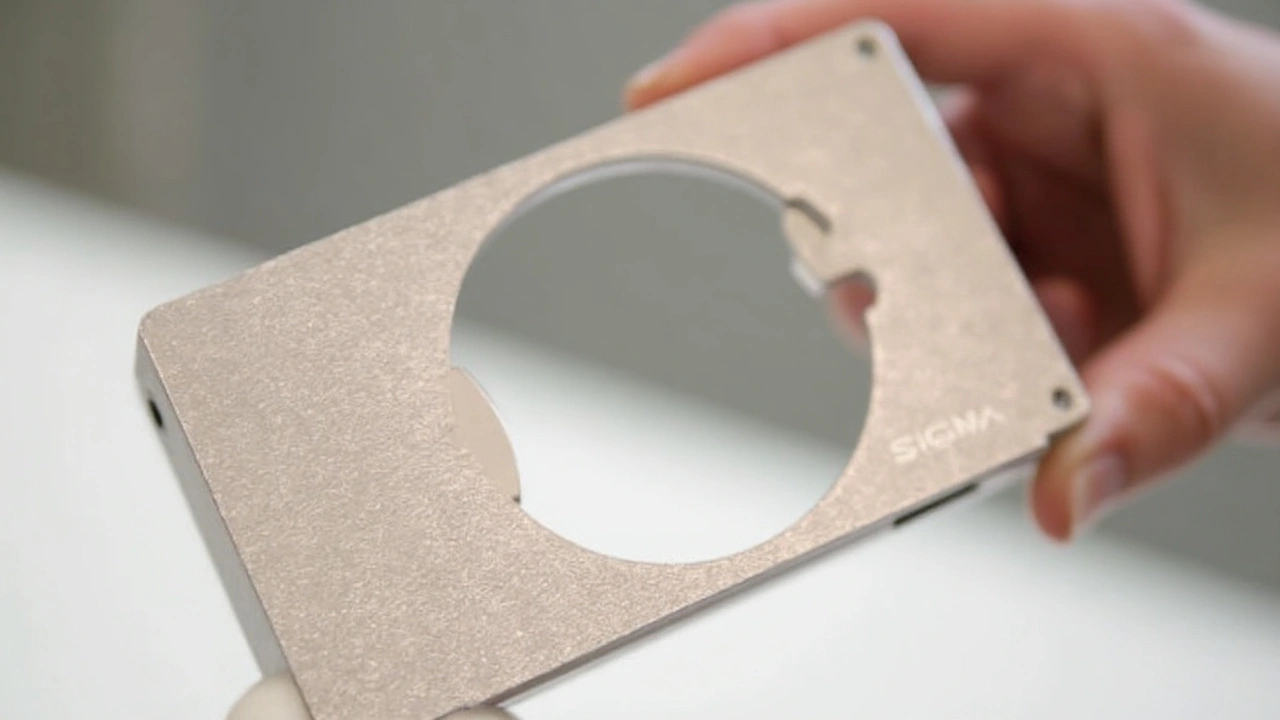Full-Frame Sensor Explained – What It Means for Your Shots
If you’ve ever wondered why some cameras look better in low light or capture that dreamy background blur, the answer usually starts with the sensor. A full-frame sensor is the same size as a 35mm film frame – about 36mm by 24mm. Bigger than the tiny chips in smartphones, it lets more light hit the pixels, which translates into clearer, more detailed images.
Benefits of a Full-Frame Sensor
First off, low‑light performance jumps up. Because each pixel is larger, it gathers more photons, so the camera can keep ISO numbers lower and still avoid grainy pictures. That means night‑time cityscapes or indoor events look cleaner without a flash.
Next, you’ll notice a shallower depth of field. With the same lens and aperture, a full-frame body creates a blurrier background than a crop‑sensor camera. Photographers love this for portrait work because it isolates the subject and adds a professional feel.
Dynamic range is another win. Full-frame sensors can capture both bright highlights and deep shadows in a single shot, giving you more flexibility when editing. Sunlit landscapes with dark foregrounds stay detailed on both ends of the exposure spectrum.
Choosing the Right Full-Frame Camera
When you start looking for a full-frame body, think about the lenses you already own. Full-frame cameras use lenses at their intended focal length, so a 50mm lens stays 50mm – no crop factor to worry about. If you have a stack of lenses designed for full-frame, you’ll get the most out of them.
Budget is a real factor. Entry‑level full-frame models cost a few hundred dollars less than pro‑grade bodies, yet they still deliver the sensor’s benefits. Brands often release a “starter” line that balances price, performance, and build quality.
Battery life can differ too. Bigger sensors often need more power, so check reviews for real‑world shooting time. If you travel a lot, a camera with a long-lasting battery will keep you shooting longer between charges.
Don’t forget autofocus speed. Modern full-frame cameras come with sophisticated AF systems that track moving subjects fast – essential for sports or wildlife photography. Look for models with a high number of focus points and eye‑detect features if you shoot people often.
Finally, test the ergonomics. Hold the camera in your hands, press the buttons, and see if the layout feels natural. A comfortable grip means you’ll spend more time shooting and less time adjusting settings.
Bottom line: a full-frame sensor gives you better low‑light shots, smoother background blur, and richer detail across the tonal range. Whether you’re just starting out or upgrading from a crop‑sensor kit, choose a body that fits your budget, lens collection, and shooting style. Once you’re on board, you’ll notice the difference in every image – and that’s what makes the investment worth it.

22
Jul
Sigma’s BF camera is shaping up to be the ultimate collector's piece, with production capped at just nine units per day due to a careful, hands-on manufacturing approach in Japan. Packed with advanced features and minimalist design, only 2,000 units will exist worldwide by April 2025. Here’s why this camera is making waves among enthusiasts.
Read More
